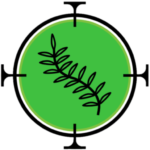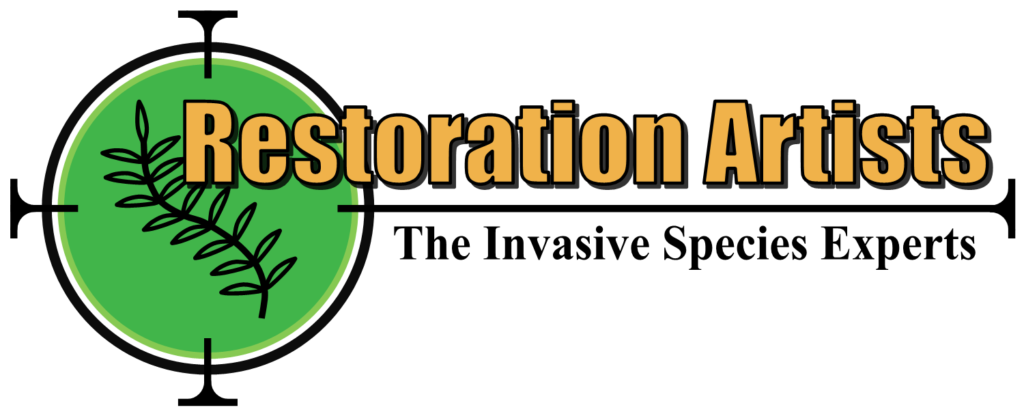Important Resources
Important Research
Anderson, Dhillion, & Kelley, 1996. Aspects of the ecology of an invasive plant, garlic mustard (Alliaria petiolata), in central Illinois. Restoration Ecology, 4(2), 181–191. https://doi.org/10.1111/j.1526-100X.1996.tb00118.x
Rodgers, Stinson, & Finzi, 2008. Ready or not, garlic mustard is moving in: Alliaria petiolata as a member of eastern north American forests. BioScience, 58(5), 426–436. https://doi.org/10.1641/B580510
Vaughn & Berhow, 1999. Allelochemicals isolated from tissues of the invasive weed garlic mustard (Alliaria petiolata). Journal of Chemical Ecology, 25(11), 2495–2504. https://doi.org/10.1023/A:1020874124645
Ishii & Kadono, 2002. Factors influencing seed production of Phragmites australis. Aquatic Botany, 72(2), 129–141. https://doi.org/10.1016/S0304-3770(01)00218-2
Lambert, Dudley, & Saltonstall, 2010. Ecology and impacts of the large-statured invasive grasses Arundo donax and Phragmites australis in North America. Invasive Plant Science and Management, 3(4), 489–494. https://doi.org/10.1614/IPSM-D-10-00031.1
DiTommaso, A., Lawlor, F. M., & Darbyshire, S. J. (2005). The biology of invasive alien plants in Canada. 2. Cynanchum rossicum (Kleopow) borhidi [= Vincetoxicum rossicum (Kleopow)
St Denis, M., & Cappuccino, N. (2004). Reproductive biology of Vincetoxicum rossicum (Kleo.) Barb. (Asclepiadaceae), an invasive alien in Ontario. Journal of the Torrey Botanical Society, 131(1), 8–15.
Kricsfalusy, V. V., & Miller, G. C. (2010). Community ecology and invasion of natural vegetation by Cynanchum rossicum (Asclepiadaceae) in the Toronto region, Canada. Thaiszia Journal of Botany, 20(1), 53–70.
Douglass, C. H., Weston, L. A., & Wolfe, D. (2011). Phytotoxicity and potential allelopathy in pale (Cynanchum rossicum) and black swallowwort (C. nigrum). Invasive Plant Science and Management, 4(1), 133–141. https://doi.org/10.1614/IPSM-D-10-00021.1
Harrington, R. A., Brown, B. J., & Reich, P. B. (1989). Ecophysiology of exotic and native shrubs in Southern Wisconsin – I. Relationship of leaf characteristics, resource availability, and phenology to seasonal patterns of carbon gain. Oecologia, 80(3), 356–367. https://doi.org/10.1007/BF00379037
Delanoy, L., & Archibold, O. W. (2007). Efficacy of control measures for European buckthorn (Rhamnus cathartica L.) in Saskatchewan. Environmental Management, 40(4), 709–718. https://doi.org/10.1007/s00267-006-0409-1
Klionsky, S. M., Amatangelo, K. L., & Waller, D. M. (2011). Above- and Belowground Impacts of European Buckthorn (Rhamnus cathartica) on Four Native Forbs. Restoration Ecology, 19(6), 728–737. https://doi.org/10.1111/j.1526-100X.2010.00727.x
Warren, R. J., II, Labatore, A., & Candeias, M. (2017). Allelopathic invasive tree (Rhamnus cathartica) alters native plant communities. Plant Ecology, 218(10), 1233–1241. https://doi.org/10.1007/s11258-017-0766-2
Knight, K. S., Kurylo, J. S., Endress, A. G., Stewart, J. R., & Reich, P. B. (2007). Ecology and ecosystem impacts of common buckthorn (Rhamnus cathartica): A review. Biological Invasions, 9(8), 925–937. https://doi.org/10.1007/s10530-007-9091-3
External information and Resources
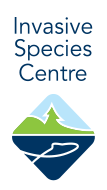
Get involved
For more information about province-wide initiatives and community led initiatives, see this link.
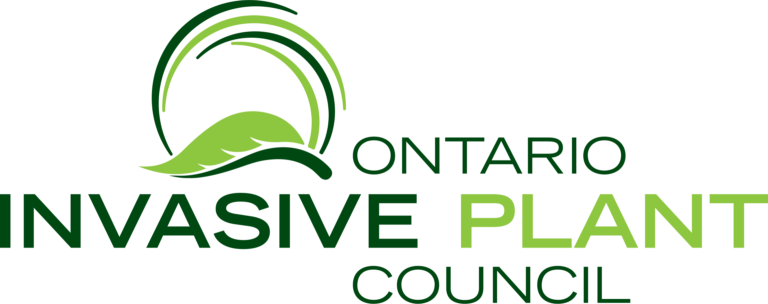
Invasive Plant Control Strategies
For more information about various best management practices for invasive plants, see this link.
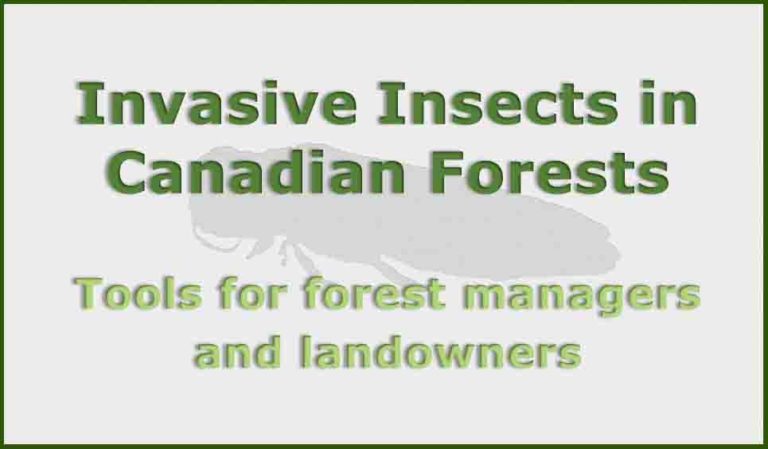
Invasive Insects
For more information about invasive insects or diseases that may affect native plants, see this link.
